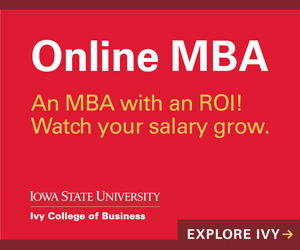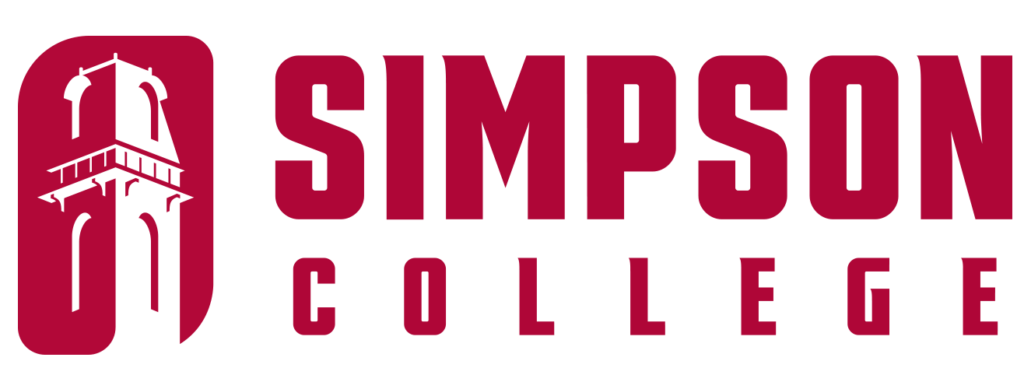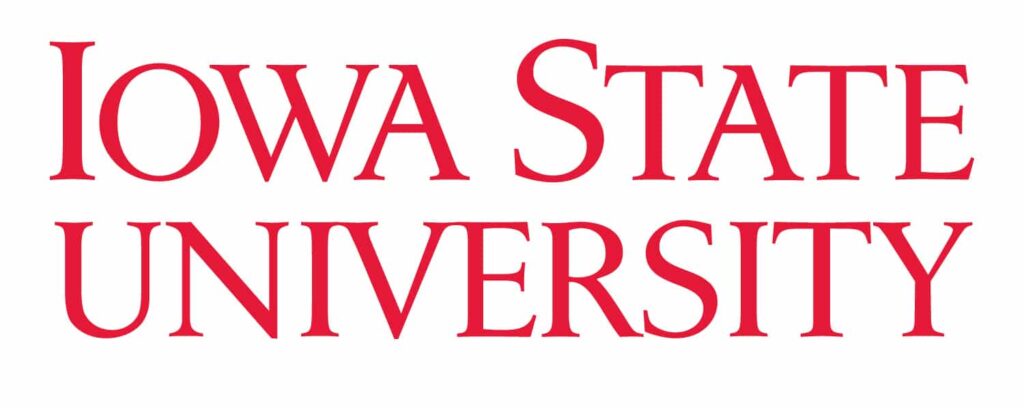‘A clear throughline for students’ — and other takeaways from the Future Ready Iowa summit

Attendees at Thursday’s Future Ready Iowa conference got a refreshing personal reminder of the impact that STEM education can have for Iowa students from Langston Saint, a ninth grader from Sioux City.
Saint, who reminded me of a miniature version of comedian Dana Carvey, shared how an early exposure to computers got him hooked on the idea of a career in computer science.
“I remember how excited I was when I learned how to cut and paste,” he said. “I was probably more excited than I should have been, but learning anything about my computer interests was a treat to my 8-year-old self. All students should have that opportunity to experience that magic at school.”
For a final project in middle school, he developed a space computer game that included simulating the effects of gravity, “which I can assure you isn’t easy,” he said. He plans to continue studying computer science through the high school’s career academy program, starting with a course on computer science essentials. With the courses he’s had and what’s available ahead, “I will have been given great opportunities with a consistent throughline, a throughline leading all the way to the workforce,” Saint said. “I would like to see my story become the common story for Iowa’s students.”
Creating a clear throughline path for students like Saint from the classroom to careers was a theme throughout the morning of the 10th annual Future Ready Iowa Summit, which was held at the Iowa Events Center.
In a panel discussion of Iowa employers that immediately followed Saint’s speech, Kerry Gumm, head of learning and organizational effectiveness with Principal Financial Group, noted that the limited number of candidates for science, technology, engineering and math (STEM)-related positions is limited, and that translates to more time in filling open positions. With only about eight qualified candidates for each of the estimated 25,000 STEM-related job openings, it’s a highly competitive job market, she said.
At any time, the global financial services company has between 400 and 450 available positions, of which about 30% to 40% are STEM-related. “As a result, it’s taking us about two months to fill openings, and those times to fill them have increasingly been getting higher,” Gumm said.
Another employer on the panel, Interstates Electric in Sioux Center, could be doing twice the amount of work it currently handles if it could fill all of its open positions, said Andrew Roelfs, Interstates’ training and development manager. The company has about 1,200 employees. One effort the company has made has been to establish an externship program for teachers to educate them about positions with the company.
Nevertheless, more needs to be done, Roelfs said. Some positions in cybersecurity that are available at the company enable technicians with a few years of experience to command salaries of $70,000 to $90,000 after getting a few years of experience. “We’re missing the link … in letting students know the opportunities are there,” he said. “We need you as educators to continue to show [students] that these opportunities are there.”
Foundation Analytical Laboratory, a small lab testing company in Cherokee, has found that word-of-mouth referrals by current employees have been an effective tool for keeping its talent pipeline full, said Diane Young, the company’s owner and technical services director. About one-third of the company’s 29 employees began as college or high school interns.
Rather than advertising openings, Young asks her employees to refer their friends for open positions, “and not the wild ones, because you have to work with them,” she said. Instead of having unfilled positions, she has about 15 candidates in a pipeline who are waiting for openings, Young said.
During a subsequent panel made up of educators, Southwestern Community College’s president, Marjorie McGuire-Welch, said that concurrent enrollment of high school students with the Creston institution, as with the other 14 community colleges across the state, has become an important instrument for enabling students to stay to work in their local communities. “We find that high school graduates can move right into employment and stay in the area,” she said. “All the students have the talent — our job is to help them find their path.”








